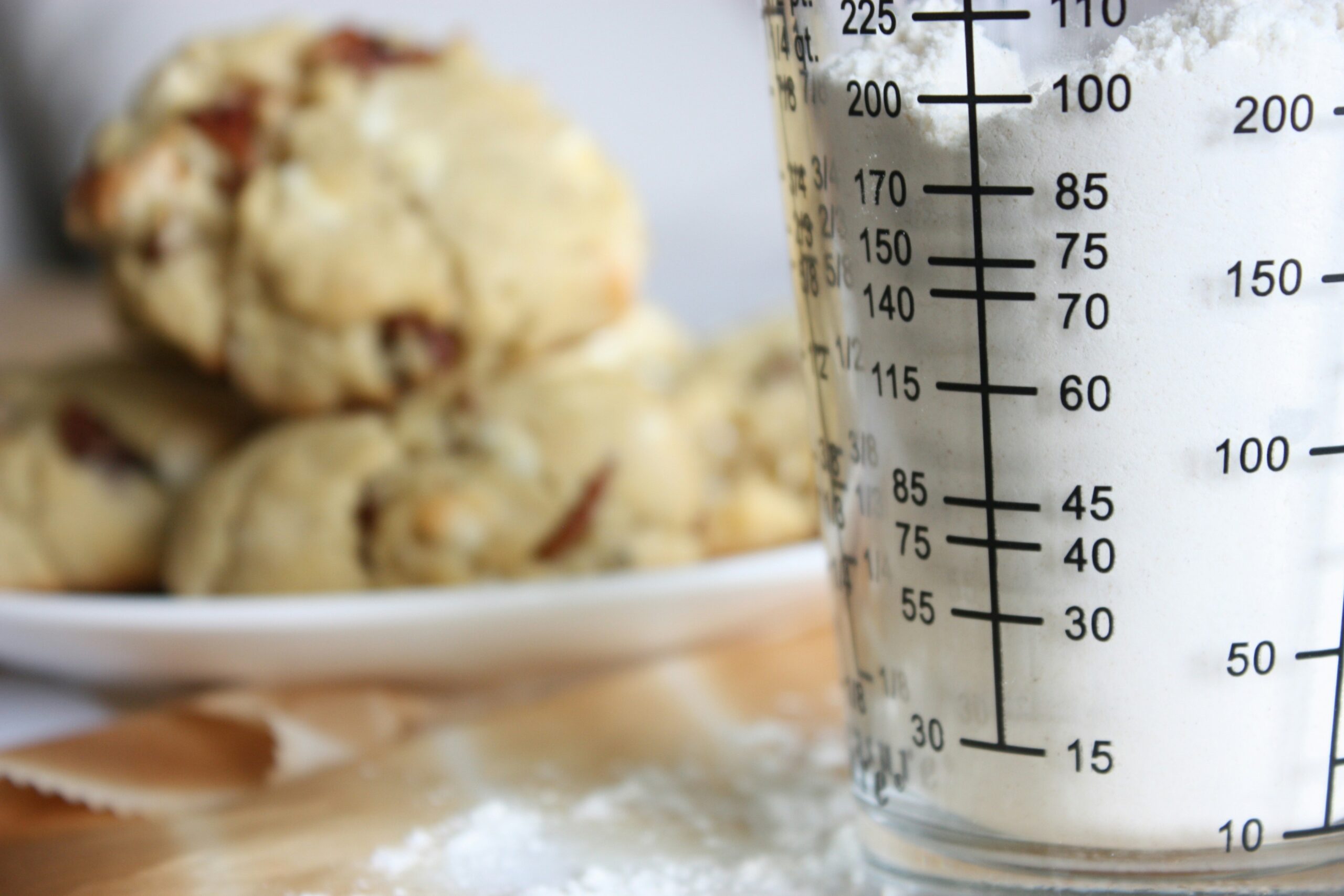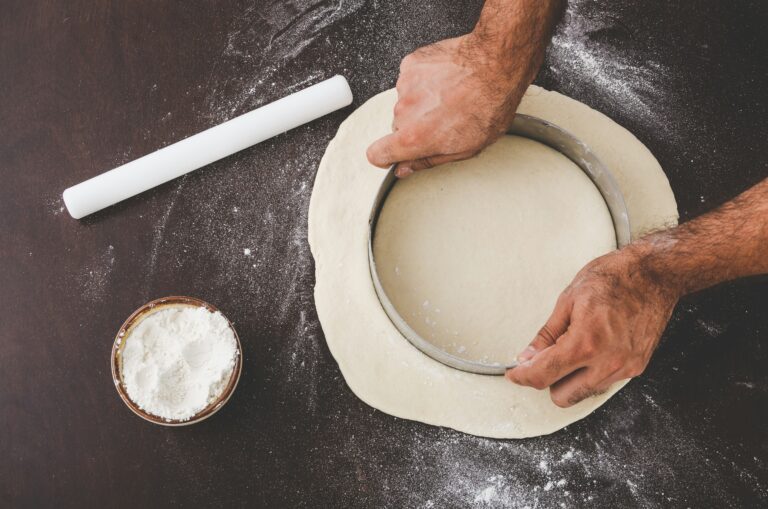Importance of Proper Measurement in Cooking and Baking
Cooking and baking are not just about following a recipe; they are also about precision and accuracy. Proper measurement plays a crucial role in ensuring that your dishes turn out as intended, consistently delivering delectable results every time.
Ensuring Recipe Accuracy
When it comes to cooking and baking, recipes act as your guide, providing a roadmap to creating delicious dishes. However, for these recipes to yield the desired outcome, accuracy in measurement is key. Each ingredient’s quantity can significantly impact the taste, texture, and overall success of the dish. A minor deviation in measurement, especially when dealing with baking recipes that require precise chemical reactions, can lead to undesirable results. Understanding the importance of measuring ingredients correctly can help you achieve the flavors and textures intended by the recipe.
Achieving Consistent Results
Consistency is the hallmark of a skilled cook or baker. By adopting precise measurements in your cooking and baking endeavors, you set the stage for consistent results. When you measure ingredients accurately and consistently, you create a reliable baseline for your recipes. This not only ensures that your dishes taste the same each time you prepare them but also helps you troubleshoot any variations in taste or texture that may arise. Consistency in measurement also allows you to fine-tune your recipes and make adjustments to suit your preferences or dietary needs.
Proper measurement in cooking and baking is not just about following a set of rules; it is about understanding the science behind the ingredients and techniques. By mastering the art of measurement, you equip yourself with the skills to explore new recipes, experiment with flavors, and elevate your culinary creations. Whether you are a seasoned chef or just starting on your culinary journey, embracing the significance of accurate measurement will undoubtedly enhance your cooking and baking skills.
Converting Cups to Grams for Precision
Understanding the conversion from cups to grams is essential for precise cooking and baking. This conversion ensures recipe accuracy and consistency in the final results. Let’s delve into the standard conversions and the grams equivalent of common ingredients when measuring in cups.
Understanding Standard Conversions
Converting measurements from cups to grams allows for a more precise way of following recipes. While the exact measurement in grams for a cup can vary depending on the ingredient due to differences in density, here are some standard conversions to keep in mind:
| Ingredient | 1 Cup (in grams) |
|---|---|
| Flour | 120g |
| Sugar | 200g |
| Butter | 227g |
| Milk | 240g |
| Water | 240g |
These are general guidelines and may vary slightly based on the packing method used for the ingredient. To get a more accurate conversion for a specific ingredient, a kitchen scale is recommended for precise measurements.
Common Ingredients and Their Grams Equivalent
Having a quick reference for the grams equivalent of common ingredients when measured in cups can be incredibly useful in the kitchen. Here are a few examples of commonly used ingredients and their approximate conversion from cups to grams:
| Ingredient | 1 Cup (in grams) |
|---|---|
| Rice | 200g |
| Oats | 90g |
| Almonds | 140g |
| Sugar | 200g |
| Honey | 340g |
These conversions provide a starting point for ensuring that your measurements are accurate when using cups in your recipes. Remember, exact conversions can vary, so using a digital scale for more precise measurements is recommended, especially in recipes where accuracy is crucial.
By understanding the standard conversions and knowing the grams equivalent of common ingredients when measured in cups, you can elevate your cooking and baking skills to achieve consistent and delicious results every time. For more tips on accurate measurements and cooking equivalencies, check out our article on cooking measurement tips.





